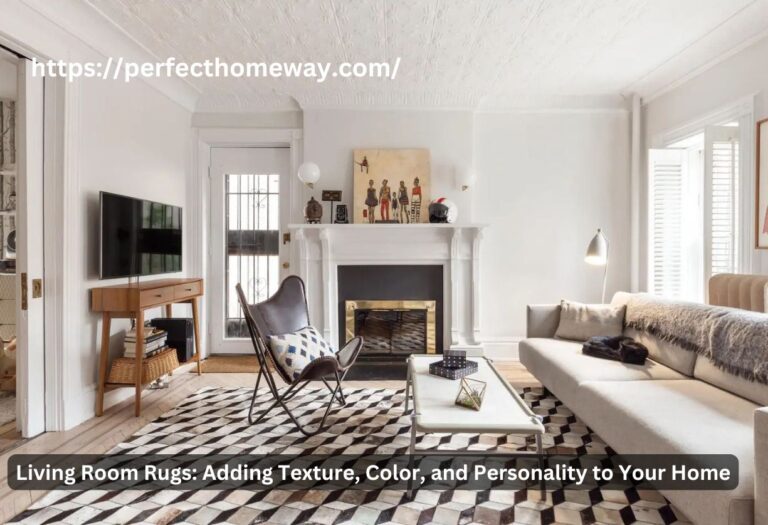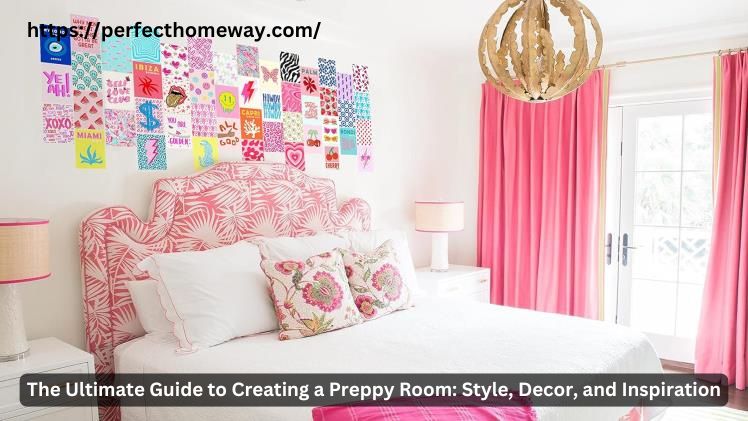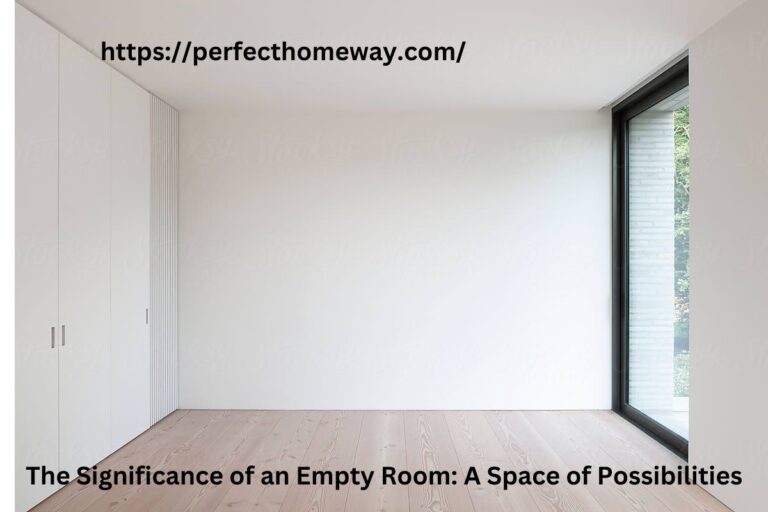Neutral Bedroom Colors: A Guide to Creating a Relaxing Sanctuary

When it comes to designing the perfect bedroom, one of the most important decisions you’ll make is choosing the right color scheme. Colors have the power to set the tone of the room, influence your mood, and create a sense of relaxation and calm. For many, neutral bedroom colors are the go-to choice. These shades offer a timeless and serene atmosphere, making them ideal for a peaceful retreat. In this article, we’ll explore the benefits of using neutral bedroom colors, how to choose the best ones for your space, and creative ways to incorporate them into your room design.
Why Choose Neutral Bedroom Colors?
Neutral bedroom colors are versatile and have the ability to make any room feel more spacious and inviting. Whether you’re looking for a modern, traditional, or minimalist aesthetic, these colors can serve as a solid foundation for any design. The key to their appeal lies in their subtlety. Rather than overwhelming the space, neutral tones help create a calm and serene environment.
In addition, neutral bedroom colors are also ideal for creating a relaxing atmosphere, which is essential in a space designed for rest and rejuvenation. They allow you to incorporate various textures, patterns, and accent colors without making the room feel chaotic or cluttered.
:strip_icc()/cdn.cliqueinc.com__cache__posts__270543__neutral-bedroom-colors-270543-1539967831138-image.700x0c-2c8d13e4945f4b9983faabe5633e05de.jpg)
Popular Neutral Bedroom Colors to Consider
Neutral colors span a wide range of hues, from soft beiges and creams to deeper grays and taupes. Each of these tones has its unique effect on the room’s overall ambiance. Here are some of the most popular neutral bedroom colors that can help you achieve the perfect vibe for your space.
1. Soft Beige and Taupe
Beige and taupe are classic neutral bedroom colors that never go out of style. These warm, earthy tones can create a cozy, inviting atmosphere while maintaining a sophisticated, understated look. Beige is a perfect base color because it pairs well with almost any accent color, from bold jewel tones to soft pastels. Taupe, with its gray undertones, adds a bit of depth and richness, making it a great choice for creating a more refined, timeless aesthetic.
2. Warm Greys
Grey is another popular neutral color that works well in bedrooms. Light gray walls can offer a serene, sophisticated backdrop, while darker gray tones create a more moody, dramatic effect. Pairing warm greys with soft white furniture or accessories adds a touch of elegance and makes the space feel more contemporary.
3. Off-White and Cream
Off-white and cream are the epitome of neutrality. These light shades have a soft, airy quality that opens up a room and makes it feel larger and brighter. These neutral bedroom colors also give you the flexibility to introduce other shades, patterns, and textures, making them perfect for both traditional and modern bedroom designs. If you want a room that feels fresh and timeless, off-white and cream are fantastic choices.
4. Light Browns
Light brown tones, such as oak or maple, can bring a natural warmth to the room while still feeling neutral. These shades are especially popular for rustic or bohemian bedroom designs, where natural materials and earthy tones are emphasized. Light browns create a cozy and organic feel, making the bedroom a relaxing retreat from the outside world.
5. Soft Pastels
While soft pastels might not always come to mind when thinking about neutral bedroom colors, they can be just as effective at creating a serene space. Shades like soft lavender, pale mint, or light blush are subtle enough to be considered neutral but still add a bit of color to the room. These hues are perfect for those who want a gentle pop of color without overwhelming the space.
How to Incorporate Neutral Bedroom Colors into Your Design
Once you’ve chosen your ideal neutral bedroom color, it’s time to think about how to incorporate it into your design. The beauty of neutral shades lies in their versatility and ability to pair well with different textures, materials, and accent colors. Here are a few tips for incorporating neutral bedroom colors into your design.
1. Use Neutral Walls to Create a Calming Atmosphere
One of the easiest ways to incorporate neutral bedroom colors is by painting the walls. Neutral walls act as the perfect backdrop for the rest of the room’s elements. Whether you opt for a soft beige, a warm grey, or an off-white tone, the walls will provide a calming foundation that allows other colors and textures to shine. To keep the room from feeling too plain, consider using accent walls or textured finishes like shiplap or wallpaper.
2. Choose Neutral Furniture and Bedding
Your furniture and bedding are also key elements in creating a neutral bedroom color scheme. Look for pieces in soft, neutral tones that complement the walls. For example, a light wood bed frame, cream-colored bedding, and taupe accent pillows can bring the room together while maintaining a serene, cohesive look.
If you prefer a bit more contrast, you can add darker neutral furniture such as charcoal grey nightstands or a walnut dresser. These elements can add depth to the room without disrupting the calming atmosphere that neutral colors create.
3. Layer Different Neutral Shades and Textures
To keep the space from feeling flat, layer different neutral shades and textures. Combining light beige with dark taupe or grey with soft white can add visual interest while maintaining the soothing feel of the room. Mix in a variety of materials, such as linen, wool, velvet, and leather, to create a cozy, inviting atmosphere. Neutral bedroom colors can be a great way to experiment with texture and depth while keeping the overall tone soft and understated.
4. Add Accents in Bold or Subtle Colors
Neutral bedroom colors provide the perfect foundation for adding bold accent colors. For a pop of color, consider incorporating jewel tones like emerald green, navy blue, or ruby red through throw pillows, rugs, or artwork. Alternatively, if you prefer a more muted look, you can use softer accent colors like pastel pink, light blue, or pale yellow for a gentle, harmonious effect.
5. Use Lighting to Enhance Neutral Tones
Lighting plays a crucial role in how neutral bedroom colors are perceived. The right lighting can enhance the warmth of neutral tones and make the space feel even more inviting. Consider using soft, warm lighting from table lamps, pendant lights, or sconces to highlight the subtle beauty of your neutral bedroom colors. Avoid harsh, cold lighting, as it can make the room feel sterile and uninviting.
How to Create a Neutral Bedroom with Personality
While neutral bedroom colors are known for their calming effect, some may worry that they can make the room feel too dull or boring. The key to adding personality to a neutral bedroom is through thoughtful design choices. Here are a few ideas for giving your neutral bedroom a unique flair.
1. Personalize with Artwork and Accessories
Even if your room features neutral tones, you can add personality through artwork and accessories. A colorful piece of art, a vintage mirror, or a collection of meaningful objects can introduce character and interest. Choose pieces that complement the neutral tones in the room but add a sense of individuality.
2. Experiment with Patterns and Prints
Patterns and prints are a great way to introduce visual interest into a neutral bedroom without disrupting the peaceful vibe. Consider adding striped, geometric, or floral patterns through bedding, curtains, or throw pillows. Keep the colors within the neutral palette to maintain harmony, but feel free to play with different patterns to create a dynamic and engaging space.
3. Incorporate Natural Elements
To give your neutral bedroom an organic, earthy feel, bring in natural elements like plants, wood, and stone. Greenery can add a refreshing touch to the space, while wooden furniture or stone accents can introduce texture and warmth. These natural elements help create a balanced, serene environment that feels connected to the outdoors.
Conclusion
Neutral bedroom colors are a timeless choice for creating a relaxing and peaceful sanctuary. These versatile tones offer a soothing backdrop for any style, from modern minimalist to traditional and rustic. By selecting the right neutral shades and incorporating thoughtful design elements, you can transform your bedroom into a space that feels both comfortable and visually appealing. Whether you prefer soft beige, warm gray, or off-white, the beauty of neutral bedroom colors lies in their ability to enhance the room’s atmosphere and create a restful retreat for both your mind and body.






